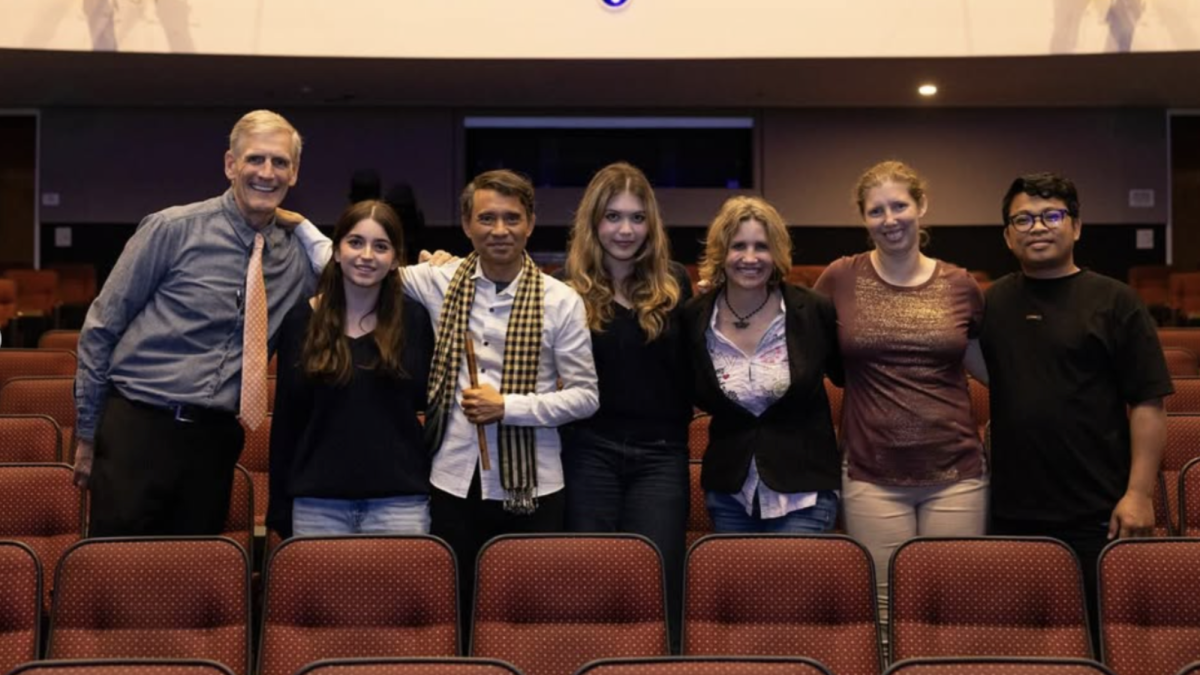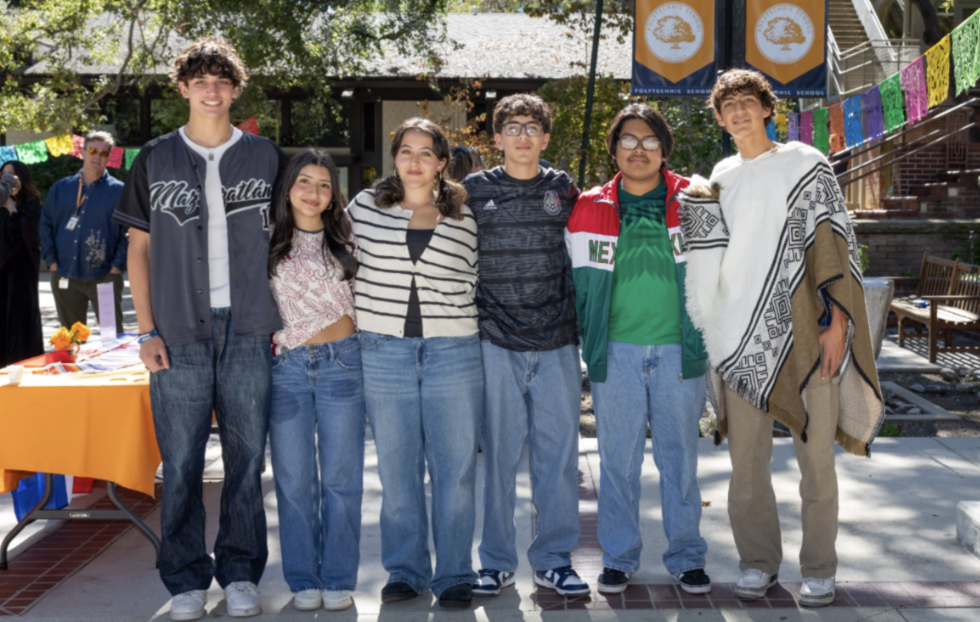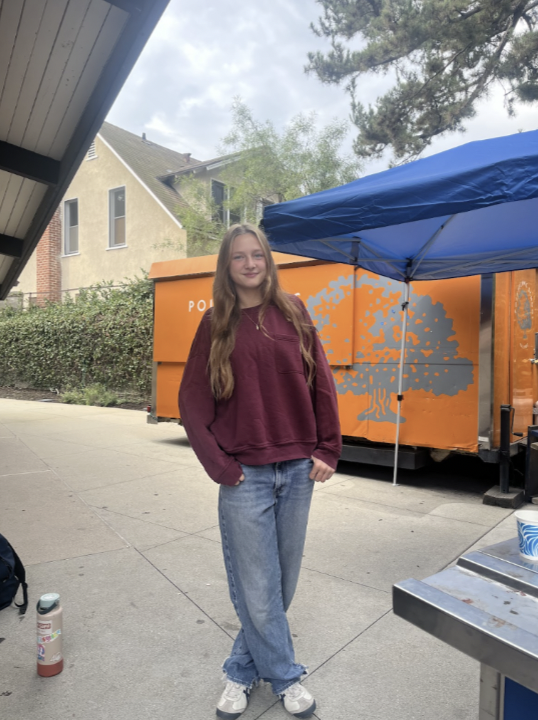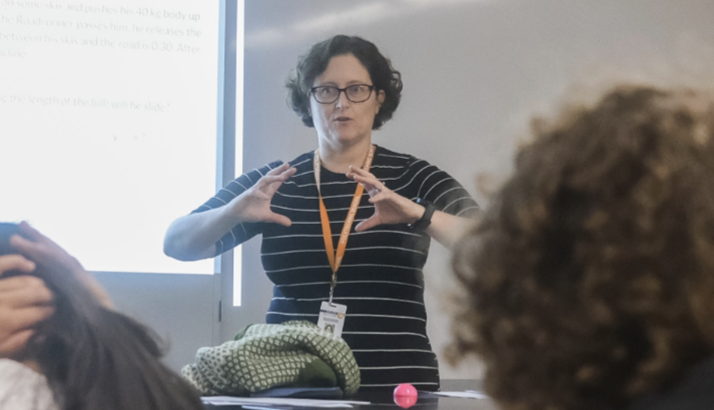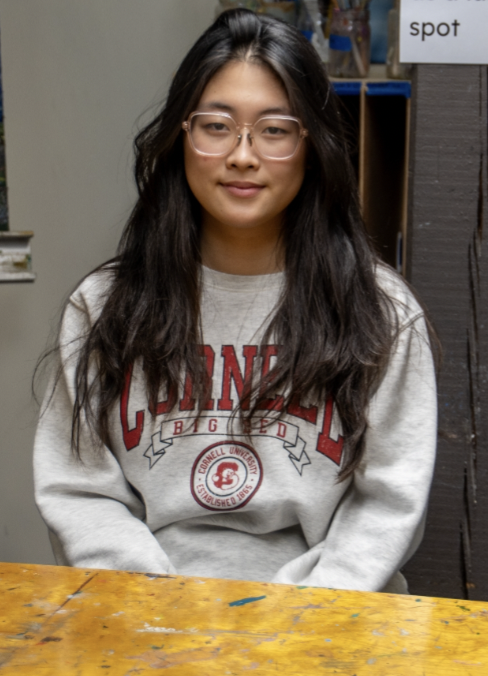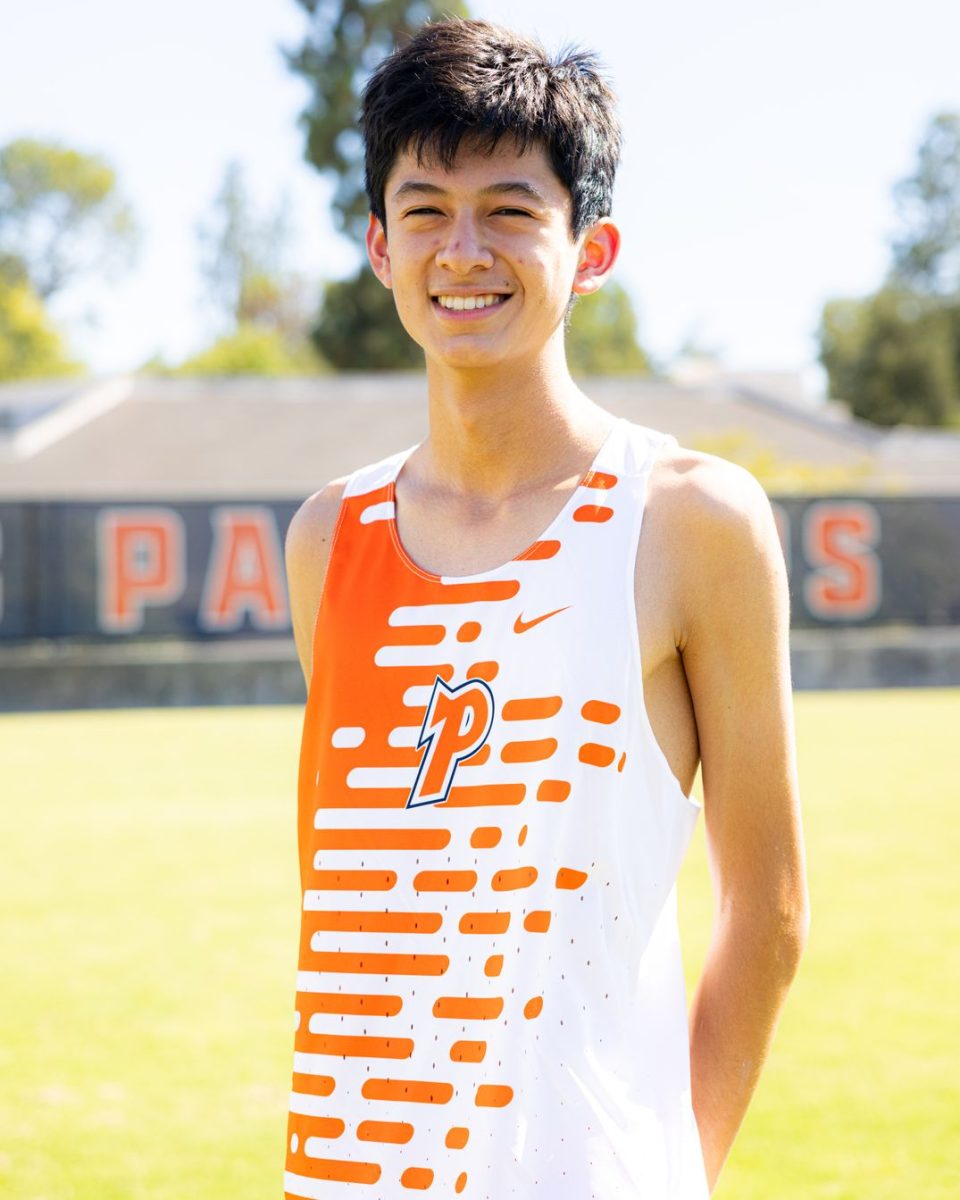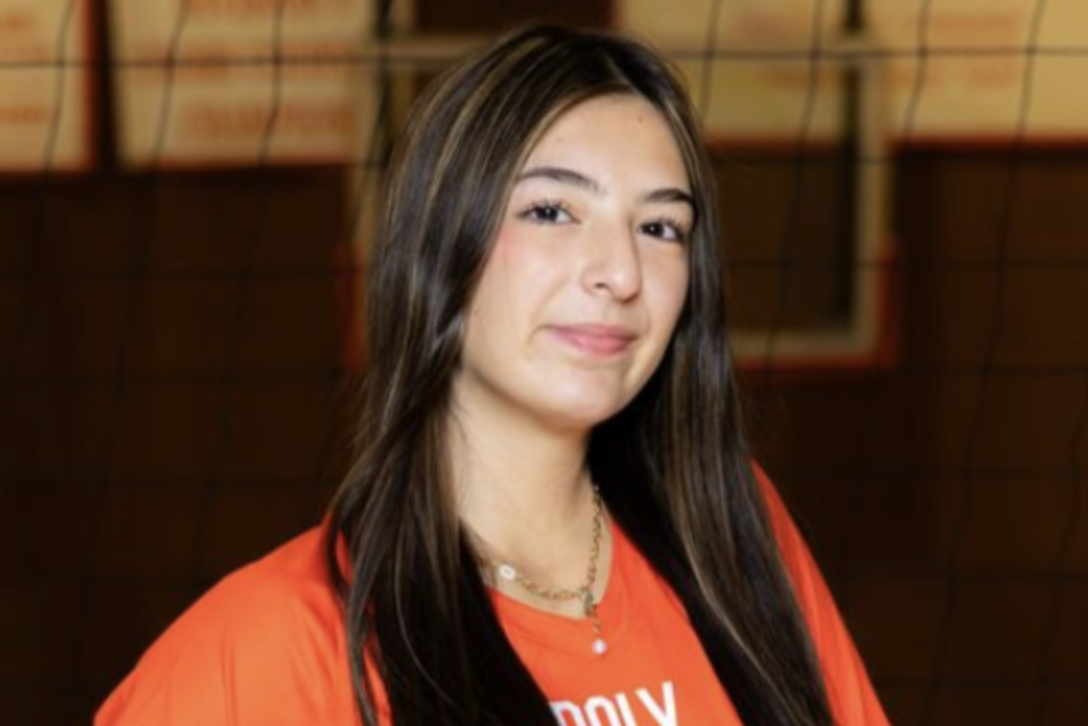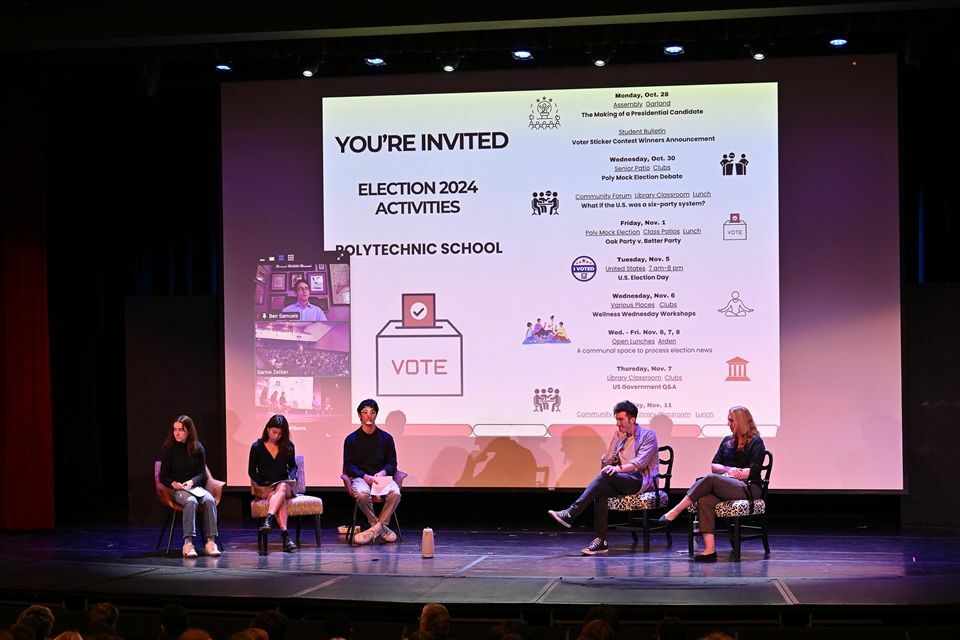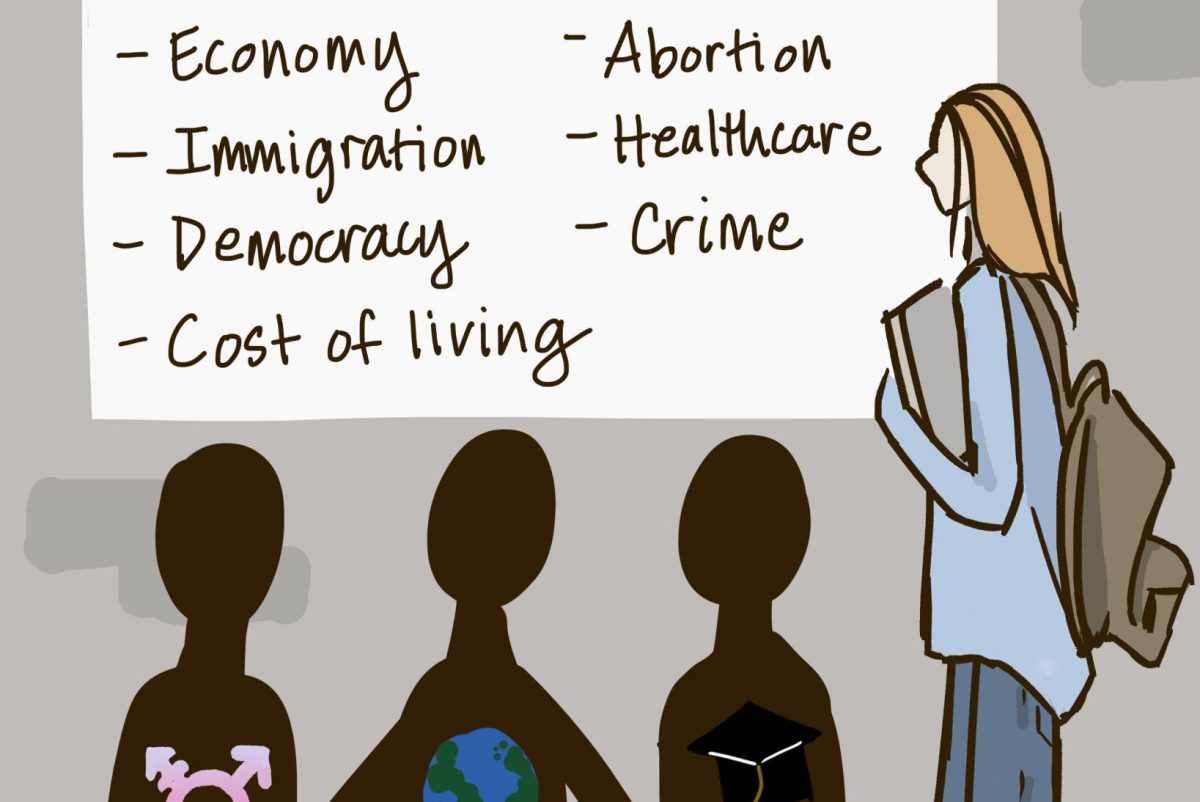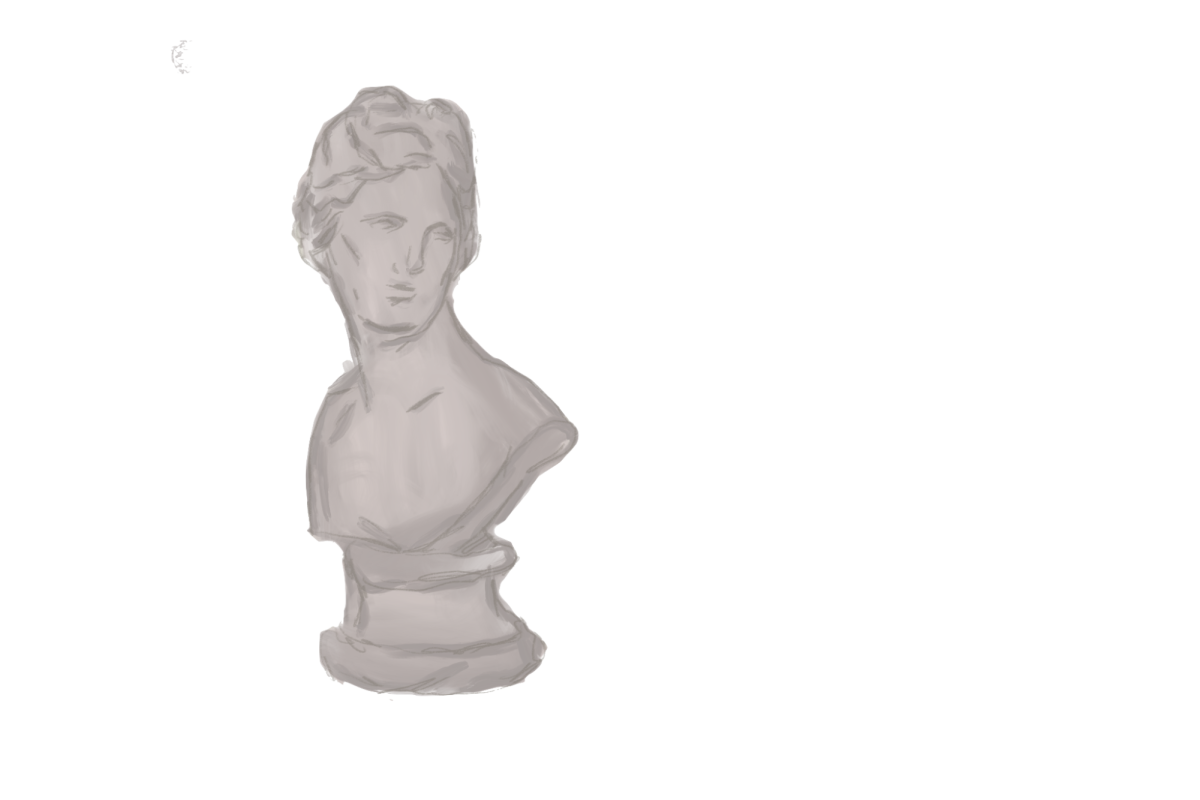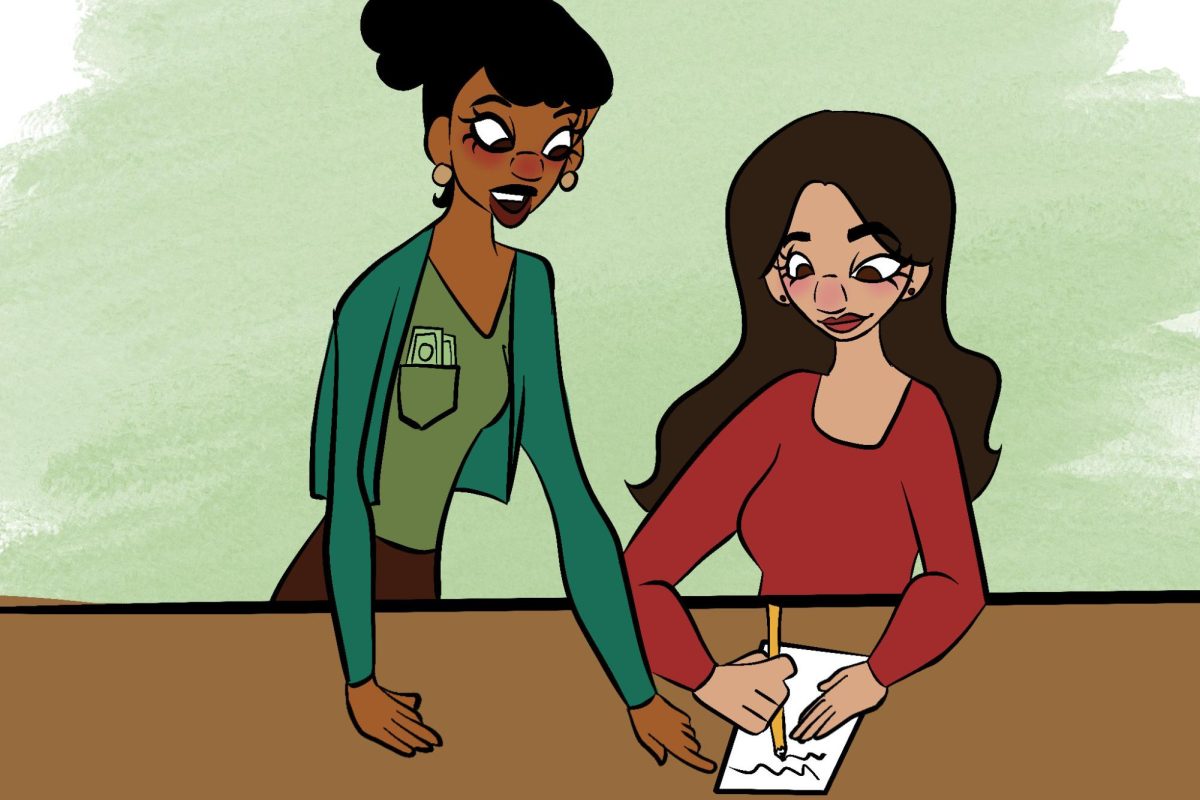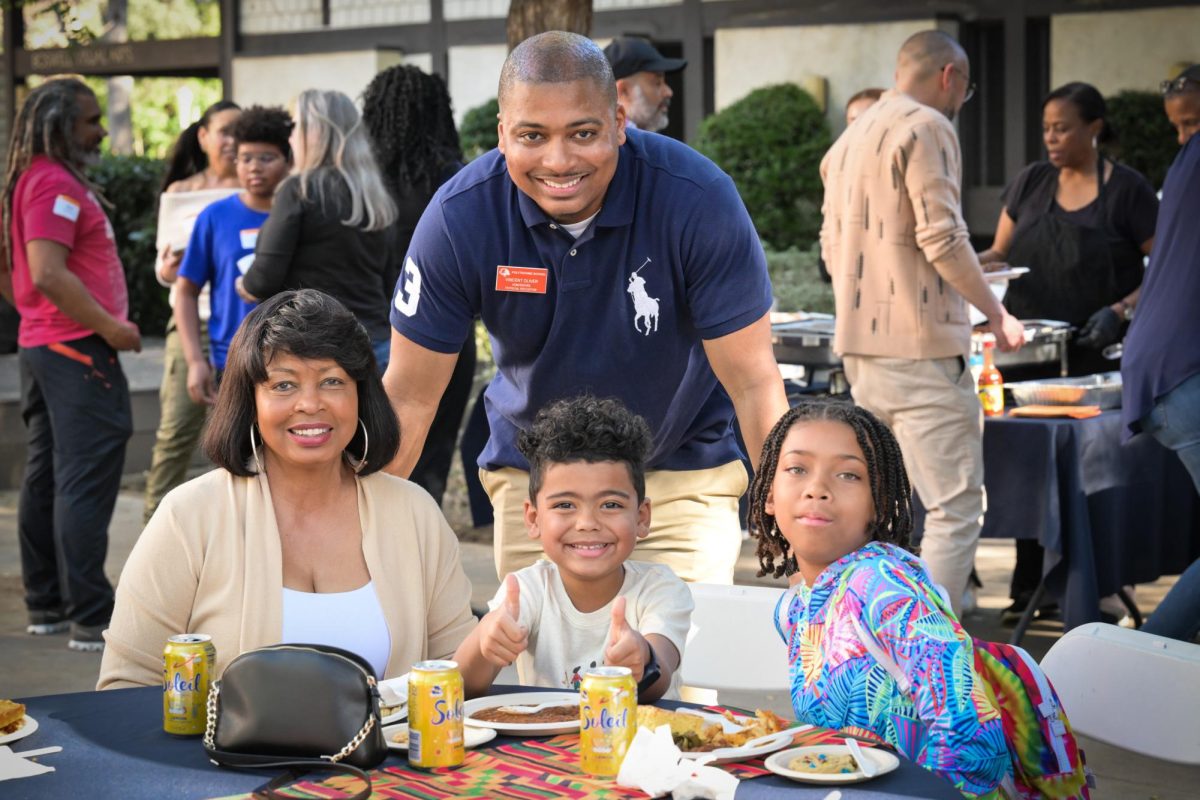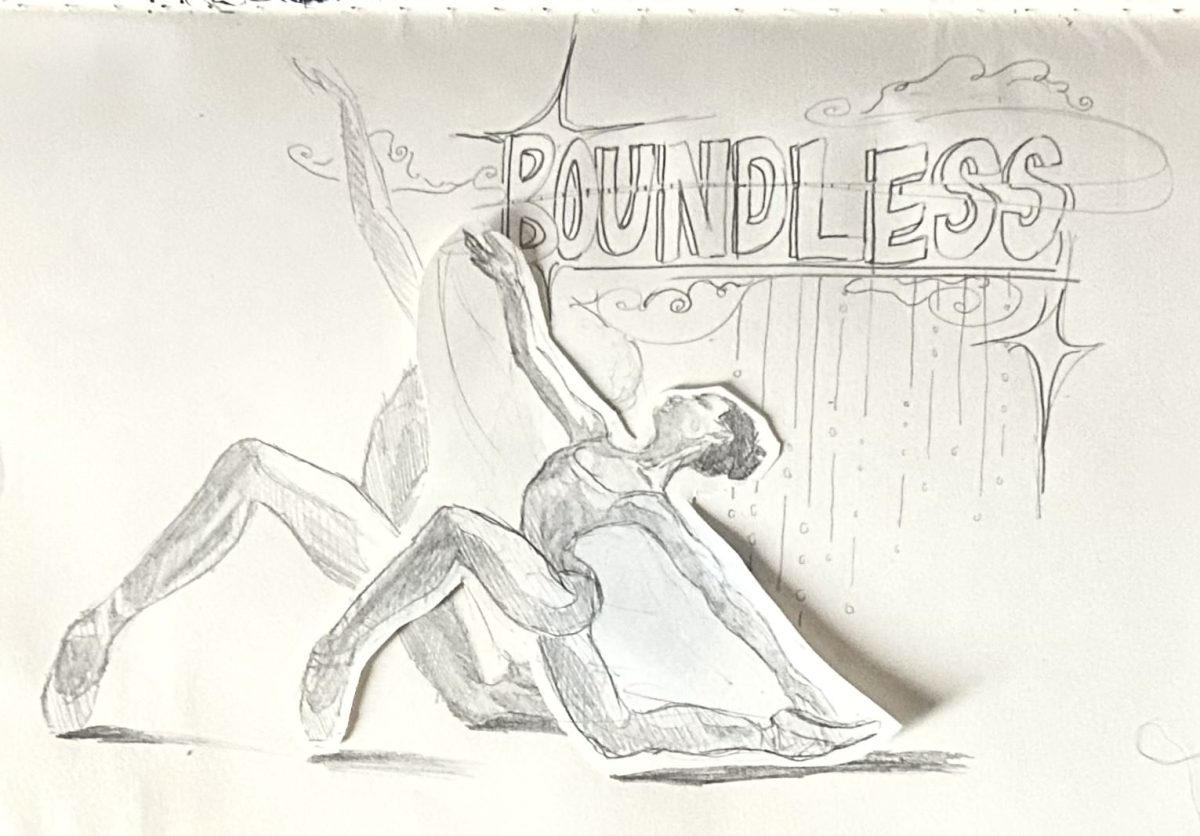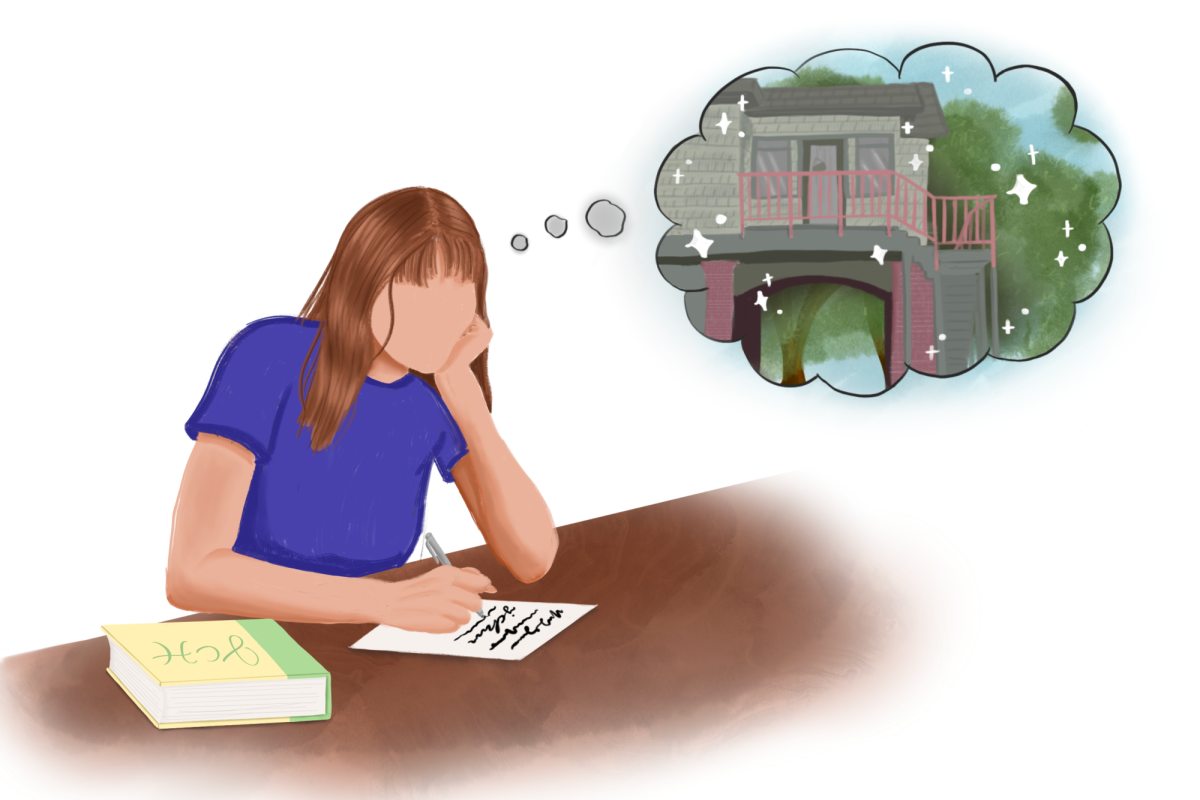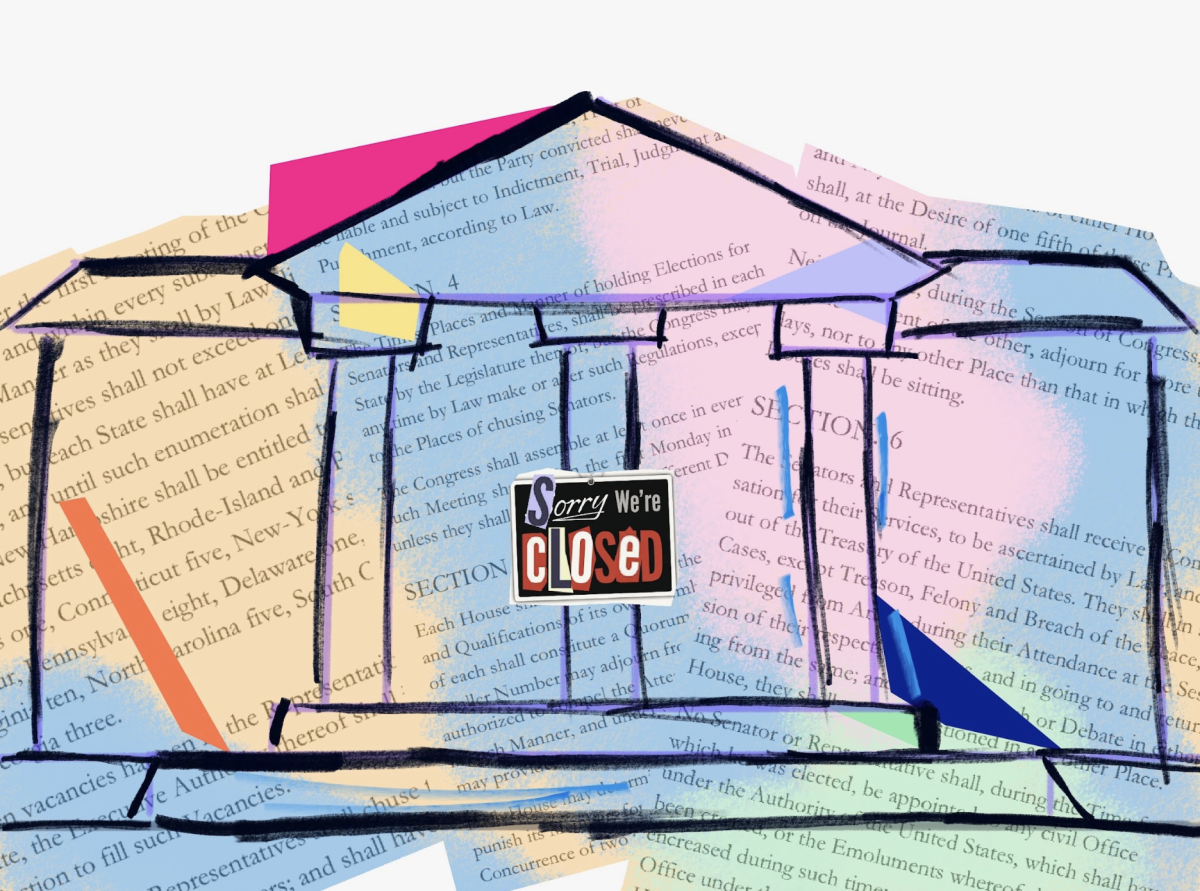Inspired by nationwide studies on student reading performance, Poly’s Lower School has restructured previous reading curricula and integrated a new system of teaching students to read and write. Introduced to the Poly curriculum three years ago, the Orton-Gillingham approach to reading was first developed in the 1930s by Dr. Samuel Orton, a neuropsychiatrist, and Anna Gillingham, an educator and psychologist. The method prioritizes the use of phonics––the association of sounds with their letters––over sight-reading. The previous system, called the “Whole Language” approach, promoted memorizing “sight words,” common words that kids should know without having to sound them out. Critics of Whole Language argue that, in avoiding an emphasis on sounds, it doesn’t prepare children to decode unfamiliar words. The new approach’s increase in popularity comes in response to a national decline in student reading performance since 2017. On the 2024 National Assessment of Educational Progress, only 29% of fourth graders and 28% of eighth graders in California were proficient in reading. The new curriculum begins in Kindergarten and is taught through fifth grade. In kindergarten through third grade, the lessons follow a structured format that includes handwriting, phonemic awareness, visual drills, sound identification, spelling, reading, and sentence writing. In fourth and fifth grade, lessons change with a shift to studying morphology, explaining how words are composed of roots called morphemes. In order to make lessons more accessible for students, teachers incorporate multisensory and interactive components like tapping out sounds and syllables with fingers. “We have noticed amazing success,” said Kindergarten Teacher Hallie Rogers, “the kindergarteners start reading so early in the year, and last year every single kid in the class was reading, which is something you don’t always see when we used to teach reading before.” “When [students] got awareness of their abilities and what they could do, their confidence went up,” added Lower School Dean of Teaching and Learning Ivana Kovacevic. Because the new approach follows Orton-Gillingham, it has brought a more structured and consistent curriculum than former “Whole Language” system. “Parents are really appreciating it because there is such a structured roadmap that we are following,” noted Rogers, “we can tell parents specific strategies to help support their child at home.” To further support parents, the Kindergarten team offers two parent education workshops where they model to parents the correct ways to name letter sounds, tap out words, support sentence writing, and make reading fun and engaging for their child. The Orton-Gillingham approach was initially developed for students with dyslexia, and it continues to narrow the gap between students who struggle to learn to read and those for whom it comes more naturally. “With the previous system, while kids did learn how to read, there were some students for whom it just wasn’t working, and this is just more equitable,” explained Rogers, “now all students are given the same playing field.” The process of implementing the new curriculum involved extensive teacher training. In order to receive the Orton-Gillingham certification, teachers completed 40 hours of instruction on the method. “It was investing a lot of time, and a lot of expertise, and a lot of desire to succeed from our teachers,” said Kovacevic, “but results are phenomenal.”
Categories:
New Lower School reading curriculum prospers
September 12, 2025
0
Donate to The Paw Print
Your donation will support the student journalists of Polytechnic School. Your contribution will allow us to purchase equipment and cover our annual website hosting costs.
More to Discover
About the Contributor
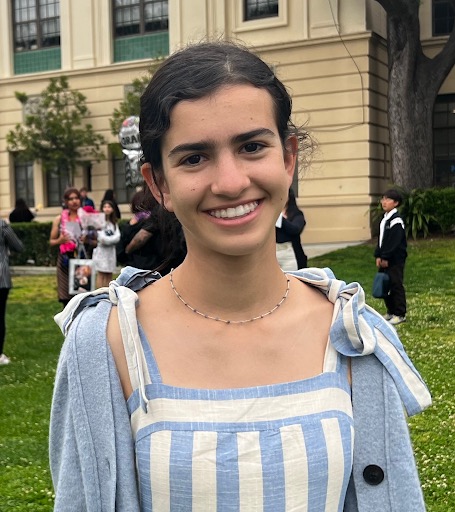
Anya Matz, News Editor
Grade: 11
Years on Staff: 3
Fun Fact: My favorite ice cream flavor is hazelnut
Favorite Movie: Lady Bird



